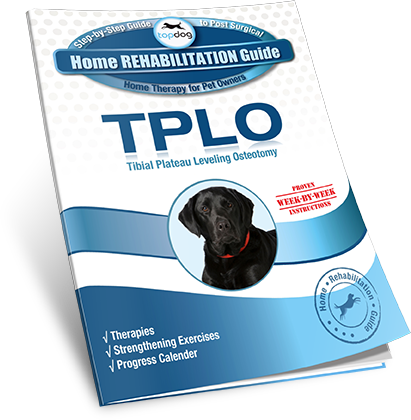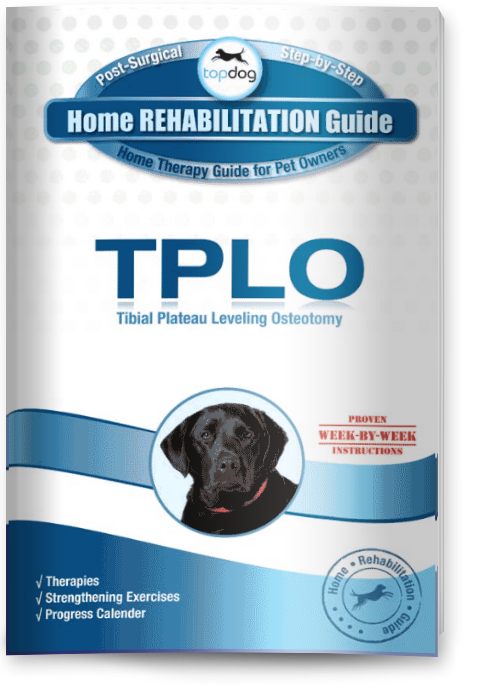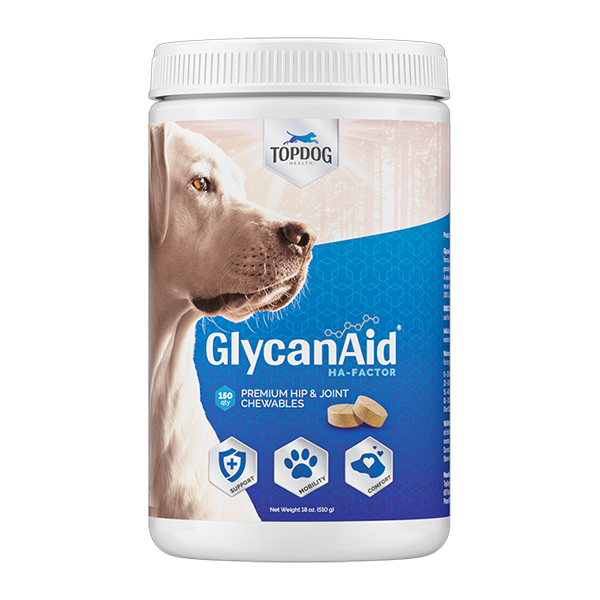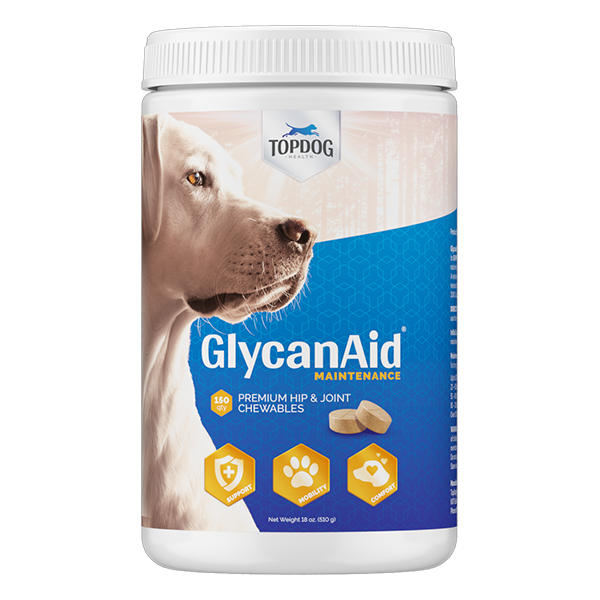When your dog is holding up their hindleg and whining in pain, you just want to get them feeling better. You don’t want to think about how much it’s going to cost to do so. Unfortunately, when it comes to pet care, finances are a real concern. With differences between pet insurance and human health coverage being what they are, most dog parents need to know what they’re getting into financially when making the decision on how to treat their dog’s torn cranial cruciate ligament (CCL). We’re here to break down, as best we can, the costs associated with one of those CCL fixes, the Tibial Plateau Leveling Osteotomy, or TPLO.
How Much Does TPLO Surgery Cost?
Let’s start with some rough numbers to begin with. Most veterinary hospitals will quote $2,500-$5,000 for a TPLO surgery. You may even get quoted as low as $2,000 or as much as $10,000! This vast variation is mainly due to the area that you live (sorry California!) and whether pre-op diagnostics and post-op recovery costs are included in the quote.
In order to help you better estimate your potential TPLO out-of-pocket costs, let’s first look at what kinds of diagnostics your dog is in for.
Cost of Diagnostics for a CCL Injury in Dogs
Your dog isn’t going to be rushed into surgery at the first sign of limping. Instead, they will go through a diagnostic process that may even include a rest and relaxation trial. With this in mind, your initial visit to the vet will consist of:
- Exam
- Imaging
- Sedation
- Medication
Exam
An exam that will allow your vet to pinpoint the exact area that the pain and lameness are coming from. This will involve feeling the leg and moving the joints. They may also attempt to detect the ominous cranial drawer test where they grasp the end of the femur in one hand and the end of the tibia in the other and try to move them in opposite directions. This is more commonly done under sedation in order to remove all muscle stiffness and rigidity that could give a false result.
Most vets will also will also listen to the heart and lungs, check the teeth and get a weight just to see what kind of health your dog is in. The exam will run anywhere from $50-$100.
Imaging
The next step in diagnosing a lameness is some form of imaging. For most dogs, this means an x-ray to help rule out fractures, arthritis, and other joint issues that could be the culprit. Also, a torn CCL typically shows a few signs on x-rays that will define the diagnosis. Having swelling in the front of the knee joint and the femur located further back than expected may indicate a CCL tear. However, you are not going to be able to see the torn ligament, so sometimes an MRI might be recommended. Getting an x-ray or two may cost $75-$200, while an MRI may be $2,500-$5,000. MRIs are usually saved for more severe injuries in which multiple ligaments may be damaged or where the joint capsule or other parts are part of the problem and isn’t done as commonly.
Sedation
The cranial drawer test is the epitome of CCL diagnostics. If the vet gets excessive movement with this test, it nearly always means the CCL is torn, and surgery is needed. However, to do it right, sedation or even anesthesia is needed. Some vets will try other diagnostics, such as an x-ray and feeling the joint first, and then sedate the dog to prepare for surgery before they do the cranial drawer test. Others will want to have that test done before recommending surgery. If that’s the case, you may have an additional $50-$200 charge for sedation, depending on the size of your pooch.
Medications
If your vet and the diagnostics points to a partial CCL tear, some dogs may be treated to a round of rest, relaxation, and medication to see if that pesky tear will scar down on its own and be stable. This is just to prevent a dog from undergoing surgery and is more often used for those that aren’t good surgical candidates or where finances are a concern. Dogs will be asked to stay quiet and confined for 4-8 weeks, take anti-inflammatory medications regularly and pain meds as needed. They may also benefit from a brace and physical therapy.
Dogs that have complete tears and do opt for surgery will also more than likely be given anti-inflammatories and pain meds to get started prior to the surgery day. Depending on your dog’s size, these medications and management can be $50-$150, a brace can run $50-$300, and physical therapy can cost $50-$200 per session.
Total Cost of Diagnosing a CCL Tear and Medical Management
Let’s add all of those costs together to see what costs can be leading up to surgery:
- Exam: $50-$100
- Imaging (x-ray): $75-$200
- (MRI): $2,500-$5,000
- Sedation: $50-$200
- Medications: $50-$150
- Brace: $50-$300
- Physical Therapy: $50-$200
This means you could pay as little as $225 for diagnostics and medications or as much as $1,150 for a partial tear trying rest and relaxation first.
Cost of a TPLO Surgery
The estimate for the total cost of a TPLO surgery typically includes the pre-anesthetic bloodwork, overnights in the hospital and medications to go home. They will of course include anesthetic, cost of the plates and screws, and the surgeon’s/technicians’ time. The estimate may or may not include recheck visits, recheck x-rays, and physical therapy. TPLO surgeries generally carry a higher price tag because it requires specialized equipment, knowledge and skill. As you may know, the surgery asks for a circular cut to be made in the tibia bone. Your regular veterinarian isn’t going to have this special bone saw. Only a specialist will. It also requires some specialized bone plates and an ability to determine the proper realignment of the bone once it’s cut. In other words, the money you’ve already paid for diagnostics is just the beginning.
Keep in mind that most veterinary hospitals are just going to provide you with an overall cost of the surgery that includes all of the categories below. They won’t itemize it out, but for your benefit, this is where that overall cost comes from.
Pre-Op Bloodwork
Every animal undergoing anesthesia and surgery should at least have some minimal blood testing done to check kidney and liver function, blood glucose and packed cell volume. Older animals or those with additional health problems should have some more extensive testing. Pre-op blood work may cost as little as $15 or as much as $250.
Anesthesia
The cost for anesthesia covers not only the cost of the sedation drugs and anesthetic gasses, but also the cost of monitoring during the procedure and waking up. Of course, the longer the time under, the more it’s going to cost. Also, the larger the dog, the more anesthesia that will be needed. So, if you have an overly large pup with a more complicated than usual TPLO surgery, you may end up paying a little more. Anesthesia can cost around $300-$500 or more for those longer surgeries.
Equipment
As you can imagine, metal plates and screws meant for a dog’s knee aren’t going to be your run-of-the-mill type of equipment. They need to be strong yet lightweight, and specifically designed to fit the shape of that tibia. All this boils down to a heavy cost, somewhere around $700-$800.
Surgeon’s Time, Etc.
To round out the cost estimate, you’ll have to cover the surgeon’s and technician’s time, time in the surgical suite, the cost of using the equipment like the bone saw, and other miscellaneous costs. Most of the time this total amount is estimated to cover all the bases and comes in around $600-$1,000.
Post-op/Home Costs
Dogs will spend at least one night, sometimes two, in the veterinary hospital. They will also get medications, such as antibiotics, anti-inflammatories, and pain meds to go home with. An e-collar may be needed, and a brace or sling to help them get around may be factored in as well. This is going to vary greatly depending on whether you already have medications and costs of an overnighter. Let’s just stick with some round numbers and say $0-$200.
Total Cost of the TPLO Surgery
To sum up:
- Bloodwork: $15-$250
- Anesthesia: $400-$500
- Equipment: $700-$800
- Surgery & Misc.: $600-$1,000
- Going home: $0-$200
Here’s you’re looking at $1,715-$2,750.
Recovery and Aftercare Costs of TPLO Surgery
Some veterinary hospitals will include aftercare in their surgery estimate. Often they will do rechecks for free or will factor in post-op recheck x-rays into the surgery price. Some will even include a few sessions of physical therapy. It all depends on the hospital, so be sure you know what the price you’re paying is covering.
Some costs that may come up in the recovery period are:
- Rechecks
- Physical Therapy
- Other Additions
Rechecks
The vet is going to want to see your pup at least two times following surgery. The first will be at around the two-week mark to make sure the incision is healing properly. They may also need to remove staples or external stitches.
They are then going to want to see your dog 8-10 weeks after surgery to take an x-ray and access bony healing. Depending on your pup’s progress, they may ease up on the exercise restrictions or prescribe more rest and physical therapy.
Of course, any time you have questions or concerns, most vets will welcome a visit, and some may want additional visits in between these times and beyond to check your dog’s progress.
Some hospitals will do these rechecks on a complimentary basis and only require payment for the x-ray. Others may charge a recheck or regular exam fee. That means the x-ray can cost you $75-$200 and exams could run $0-$100 x 2 or more.
Physical Therapy
Exercise restriction is of utmost importance during the recovery period with the exception of physical therapy. While you don’t want your dog running and jumping freely for the first 8-12 weeks, some passive range of motion exercises and hydrotherapy can really be beneficial to speed healing and keep muscles strong. Most veterinary physical therapy will cost $50-$200 per session depending on what’s being done with your pup.

98% of Pet Owners Say this Guide is a Must for Recovery
Additions
Depending on your dog’s comfort level and ability to tone it down for several weeks, you may be looking at some additional costs for more anti-inflammatories or even sedatives. There is also the chance you need to switch or add on more antibiotics, an e-collar or more physical therapy sessions. Of great benefit to your dog’s TPLO recovery are joint supplements.
GlycanAid HA, Flexerna Omega, MSM Joint Boost, and Flexerna Essentials will give your dog’s knee the nutrition it needs to rebuild and repair to better ward off arthritis and speed recovery. The cost is really going to depend on the size of your dog and is a lifelong medication. So, let’s just round up and add on the possibility of another $100-$150.
Total Cost of Recovery and Aftercare for TPLO Surgery
Again, some of these costs may already be worked into your total estimate, but here’s the potential extras you could be paying for to get your pup back up and moving:
- Recheck exams: $0-$200
- X-rays: $75-$200
- Physical Therapy: $50-$200+
- Additional Costs: $100-$150+
We won’t total this here because there are so many variables, but you get the idea.
Know Your TPLO Estimate
For a final word of advice when it comes to managing your dog’s TPLO surgery financially, know what your estimate includes. Every veterinary hospital will be more than willing to provide you with an estimate on costs, yet they’re all going to include or not include different things. Be sure you understand what that total cost covers and what could additionally be tacked on so that you’re not taken by surprise.
TPLO surgery is an expensive yet effective procedure. These costs here are only estimations, and there may be a lot of variation in pricing between hospitals, areas of the country, and your particular dog. Also, be advised that some pet insurance policies won’t cover the cost of surgery but may help with some of the diagnostic and recovery expenses. When in doubt about what your costs will be, don’t be afraid to ask!













